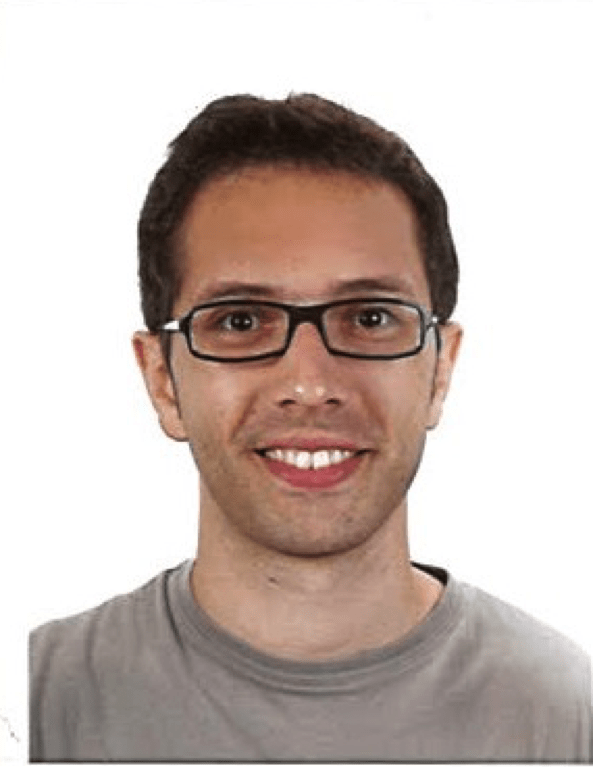| Acronym | ECOS |
|---|---|
| Name | Enhanced Motion Tracking for Control of Aerial Robots |
| Funding Reference | FCT - IF/00921/2013/CP1163/CT0017 |
| Dates | 2014-01|2018-12 |
| Summary | In this project, we aim to address problems of estimation and control based on partial sensor information, with application to Optical Motion Capture Systems (OMCS) and Unmanned Aerial Vehicles (UAV). OMCS have become increasingly important over the last few years in a variety of applications and, in particular, in the field of aerial robotics. Their outstanding characteristics enabled the implementation of impressive trajectory tracking algorithms. However, their true potential is still overshadowed by some problems, namely, intermittent object reconstruction. In application scenarios where OMCS is not available, such as infrastructure inspection, environmental monitoring, or search and rescue operations, we can consider the dual problem of having sensors installed on-board the vehicles. In this context, similar problems of occlusions, difficult feature matching, allied to higher levels of sensor noise and lower sampling rates require extra care. We propose to explore the key idea of using sensor measurements directly to obtain nonlinear landmark-based or marker-based feedback laws. We also propose to combine hybrid systems theory and In this project, we aim to address problems of estimation and control based on partial sensor information, with application to Optical Motion Capture Systems (OMCS) and Unmanned Aerial Vehicles (UAV). OMCS have become increasingly important over the last few years in a variety of applications and, in particular, in the field of aerial robotics. Their outstanding characteristics enabled the implementation of impressive trajectory tracking algorithms. However, their true potential is still overshadowed by some problems, namely, intermittent object reconstruction. In application scenarios where OMCS is not available, such as infrastructure inspection, environmental monitoring, or search and rescue operations, we can consider the dual problem of having sensors installed on-board the vehicles. In this context, similar problems of occlusions, difficult feature matching, allied to higher levels of sensor noise and lower sampling rates require extra care. We propose to explore the key idea of using sensor measurements directly to obtain nonlinear landmark-based or marker-based feedback laws. We also propose to combine hybrid systems theory and |
| Research Groups |
Dynamical Systems and Ocean Robotics Lab (DSOR) |
| ISR/IST Responsible | |
| People |



